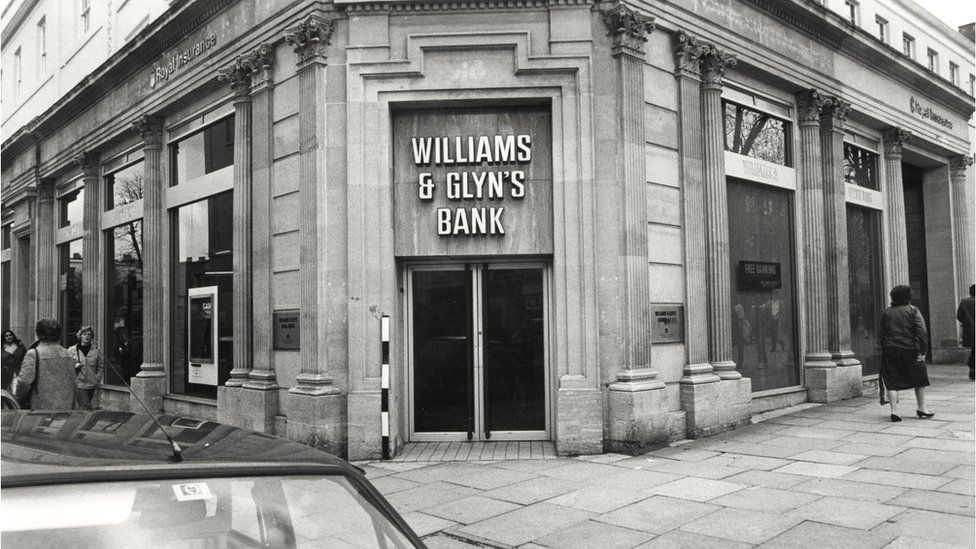Clydesdale 'makes an offer to RBS for Williams & Glyn'
- Published

Clydesdale Bank has reportedly made an offer for Williams & Glyn, the banking business that RBS failed to sell to Santander.
A person familiar with the talks, which were first reported by the Financial Times, confirmed the approach, although neither bank would comment officially.
RBS said: "There is interest in the business and this remains the case."
Santander last month ended discussions with RBS about the sale, which the European Commission had ordered.
That order related to the bank's £45bn government bailout at the height of the financial crisis in 2008.
European regulators had demanded a sale of Williams & Glyn be completed by 2013 to prevent RBS, Britain's biggest lender to small businesses, from having an unfair advantage and posing a systemic threat to the UK economy.
However, the bank blamed the problem of creating a separate IT system at a cost of about £1.5bn for the delays in selling the business.
The sale is regarded by many analysts as necessary for RBS to finally shake off the legacy of the financial crisis and return to full private ownership.
Challenger
Santander pulled out of talks to buy the unit last month because of a disagreement over the price, sources said.
The resurrected Williams & Glyn will have 300 branches, 1.8 million customers, loans worth £20bn and deposits of £24bn. That makes it one of the UK's largest prospective "challenger" bank brands, with the potential to win market share in the small business banking sector from Lloyds and RBS itself.
Clydesdale bank was floated on the London Stock Exchange in February by National Australia Bank, which still owns a controlling stake.
Clydesdale shares have risen more than 40% in that time, valuing the bank at almost £2.4bn.
Shares in RBS, which reports third quarter results on Friday, have fallen by 36% since the start of the year.
The Williams & Glyn brand was created in 1969 after RBS merged with the National Commercial Bank and was used in 326 branches in England and Wales.
It disappeared in 1985 after being replaced by the RBS brand.
- Published2 August 2016